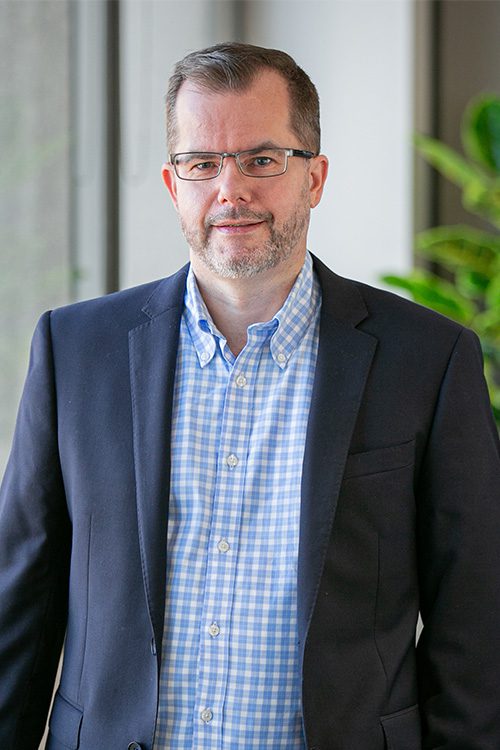A medical precinct is the term given to the area where a grouping of medical and allied businesses come together in the one physical location. Typically, this grouping would be anchored by a general medical practice and include a pharmacy, pathology and dentist. The precinct can include other allied businesses such as radiology, physio, podiatry, audiology and psychologists.
For many years, this grouping of professionals has proven to be successful as the co-location of these services enable cross referring and joint marketing. Most importantly though, the convenience afforded to the patient in having a wide range of medical service located in the one area has proven to be a winning formula.
The development of these precincts has coincided with the increase in size of general practice medical centres. Historically, medical practices have consisted of 2 to 3 consulting rooms and possibly a treatment room requiring a floor area between 100m2 to 120m2. As the medical precinct concept developed, the success of the venture was, to a large part, based on the success of the medical centre and relied on the volume of patients the medical centre could attract to the area. These patients could then be exposed to other allied services in the precinct.
In addition, it became evident that larger practices could take advantage of economies of scale and become more profitable and valuable to their owners.
The medical precinct concept took hold and the physical footprint of medical practices increased. Today, it is common for practices to be established with a minimum of 5 to 6 consulting rooms, a treatment room and other facilities. The footprint is now typically more than 250m2.
The Model
The owner of the commercial property in which the medical centre is located, will have a required return on their investment, which is generated by rental income. The total rental income will be based on the total available leasing area from the property and the rental rate applied to that space.
The model for the establishment of a medical precinct commonly relies on the pathology and pharmacy tenants to pay a higher rental rate while the general practice pays a lower rent. The logic behind this is that if the medical centre has a lower overhead rent expense, there is a greater chance of the success of this business and therefore, the other tenancies would benefit from the patients attracted to the area. However, it is important to be aware that pathology companies have lobbied the government in relation to the level of rent GP practices charge to pathology sub-tenants. Where rents are deemed to be excessive, that is 20% above a market rate, it may attract attention of the Federal Health Department.
Something to watch out for
As property developers build more local shopping centres and community centres, the inclusion of a medical centre in the tenant mix has become almost an essential element leading to saturation in certain areas.
The Future
During the shortage of practitioners, approximately ten years ago, many overseas trained doctors (OTDs) came to Australia. In most cases, restrictions applied to where OTDs were permitted to work. The restrictions meant OTDs were required to work in areas of need, typically regional locations, for a period of 10 years. With these moratoriums now coming to an end, not surprisingly, OTDs are relocating to larger metropolitan areas (just like many other Australians).
As OTDs move to the larger metropolitan areas, they bring an entrepreneurial spirit which encourages them to either purchase a practice or establish a new practice. A new version of the Australian dream. The combination of readily available finance and experienced and qualified doctors, is an attractive opportunity to developers and property owners looking for tenants.
At the same time, there are an increasing number of general practitioners in the market. With more doctors graduating from Australian universities than ever before. As these doctors become fully qualified and enter the workforce, there will be an increasing competition for patients.
This combination of graduating doctors and doctors relocating, is beginning to indicate an unexpected outcome. It had been assumed that doctors would join medical practices and replace existing practitioners as they retire. However, there are a large number of general practitioners who work well beyond the traditional retirement date and as practice owners maintain their smaller, older, local practices.
Therefore, instead of joining these practices or purchasing them, doctors and corporate entities are increasingly establishing new medical centres in locations close to other existing practices. These new practices are, in many cases, based on one or two doctors with the intention to recruit other doctors to join the practice. They do not necessarily take into account the increasing competition in the market place and the overall relative number of patients available.
Where to?
William Buck are medical industry experts, having worked with medical practices for decades. We have extensive experience in the establishment of practices, in financial modelling around practices and the development of medical precincts and in selling and acquiring medical practices. If you would like more information, please contact us.

































